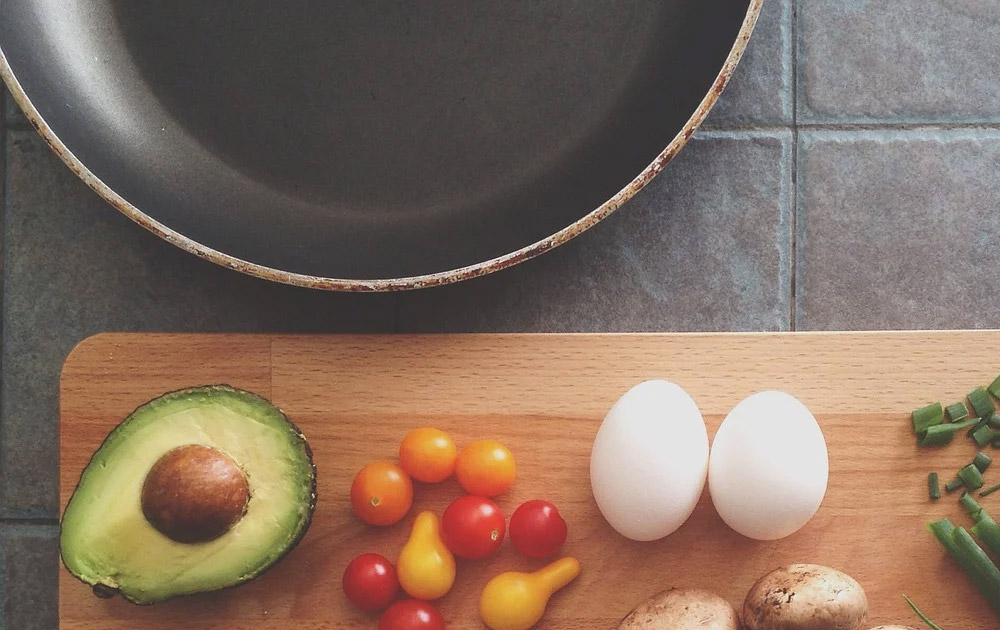
What is the Best Material for Chopping Boards?
A good, reliable chopping board is a must for anyone that spends a lot of time in the kitchen. Durability and functionality have to meet, because it’s a part of any cooking enthusiast’s arsenal. Also, when someone gets personalized cooking utensils, they want them to last forever. There are a number of different materials out there for chopping and cutting boards, and some are certainly better than others for particular situations.
Wood Offers Lots of Variety
Wood cutting boards are the traditional choice, but there are a lot of different types of wood out there. Acacia cutting boards are one of the top choices. Harder than most woods, acacia offers superior scratch resistance. It’s also resistant to absorbing liquids, making it less prone to crack or warp – and easier to clean. Acacia also tends to be less expensive than other wood cutting boards
Maple, teak, and walnut are other popular types of wood for cutting boards because of their hardness, but they’re also a little more forgiving on your knives than other materials due to their close grain. These hardwoods are tough to scratch and scar, which makes them a more durable choice than some of the other materials out there. Wood is also a renewable resource for those that are environmentally conscious.
Bamboo Brings Beauty & Durability
Bamboo cutting boards can last a lifetime if they’re properly cared for. It’s a hard surface that isn’t actually wood, but rather a long grass. It’s a beautiful material that looks sharp in the kitchen and can hold up to just about anything. It’s also a sustainable resource that grows quickly, and is grown without pesticides or chemicals, meaning it’s a great green choice.
The material also resists stains from foods like red meat, meaning that gorgeous color will always be there. It’s non-porous nature also means many are less likely to warp or crack. Chefs need sharp knives, and the bamboo is as dense as many of the closely grained woods listed above. It’s lightweight, but will resist those scratching and scars that compromise your chopping board.
Plastic & Rubber Are Versatile
One of plastic’s biggest advantages is that they are less expensive than other surfaces, making them easier to replace. However, they do scratch and scar more easily, meaning they may need to be replaced more often. They are completely non-porous, making cleaning them much easier, as they’re even safe to put into the dishwasher.
Rubber is another durable and sturdy surface, but it’s also the softest cutting board surface out there. It’s forgiving enough to keep your knives sharp for a long time. They are soft but are denser than the other materials, meaning the cutting board also won’t slip on even the slickest of countertops. They’re easy to clean, and can last nearly forever since scratches and scars can be sanded out.
There are many different cutting surfaces out there, and choosing the right one could be unique to your cooking style, budget, and how much use they’re going to get. For more information on the different styles and benefits of each type of cutting board, talk to the customization experts at LoTech Sales today.
Back to Blog Home


